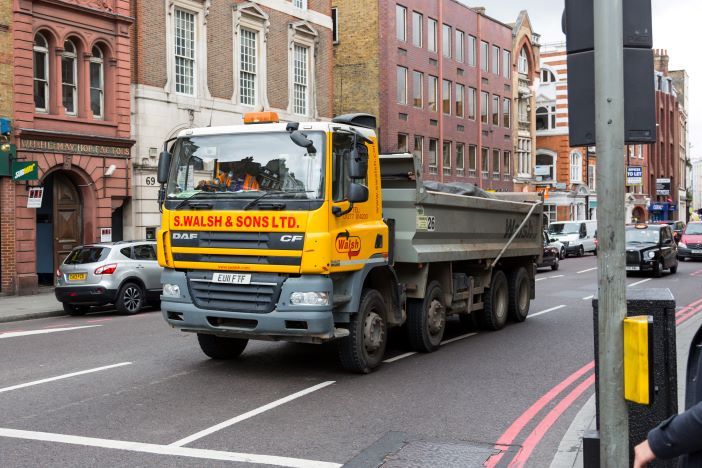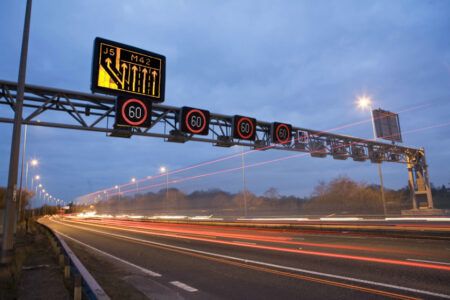One year on from the launch of Transport for London’s (TfL) pioneering Direct Vision Standard (DVS), data shows that the world-first lorry safety scheme, which reduces lethal blind spots, has helped to save lives and prevent life-changing injuries.
The overall number of serious injuries involving heavy goods vehicles (HGVs) in 2021 has gone down by 64% since 2017, from 48 to 17. The first year of enforcement has also seen a reduction in fatal collisions where vision is cited as a contributing factor.
TfL’s DVS scheme requires owners of heavy goods vehicles (HGVs) weighing more than 12 tonnes to apply for a free safety permit that assigns vehicles a star rating based on how much the driver can see directly through their cab windows in order to be able to drive in London. The scheme operates 24 hours a day, seven days a week and covers all roads in London.

Nearly 200,000 safety permits have been issued to date and more than 112,000 HGVs have been fitted with safety measures, improving protection for people walking, cycling or riding e-scooters or motorcycles. The scheme’s average daily compliance is also very high, with more than 94% of HGVs in London now operating with a Safety Permit and hauliers reporting that they are building DVS requirements into future purchasing decisions.
The standards are set to tighten further from 2024 when the minimum DVS star rating will be three stars and above.
Introduced with the support of London Councils, DVS forms part of TfL and the Mayor of London’s Vision Zero plan to eliminate all deaths and serious injuries from London’s streets by 2041. HGVs accounted for just 3% of the overall miles driven in London from 2018–2020 but were involved in nearly half (41%) of fatal collisions involving people cycling and 19% involving people walking. This means that HGVs are five times more likely to be involved in a collision resulting in a fatality relative to their share of traffic.
Images: Transport for London.





